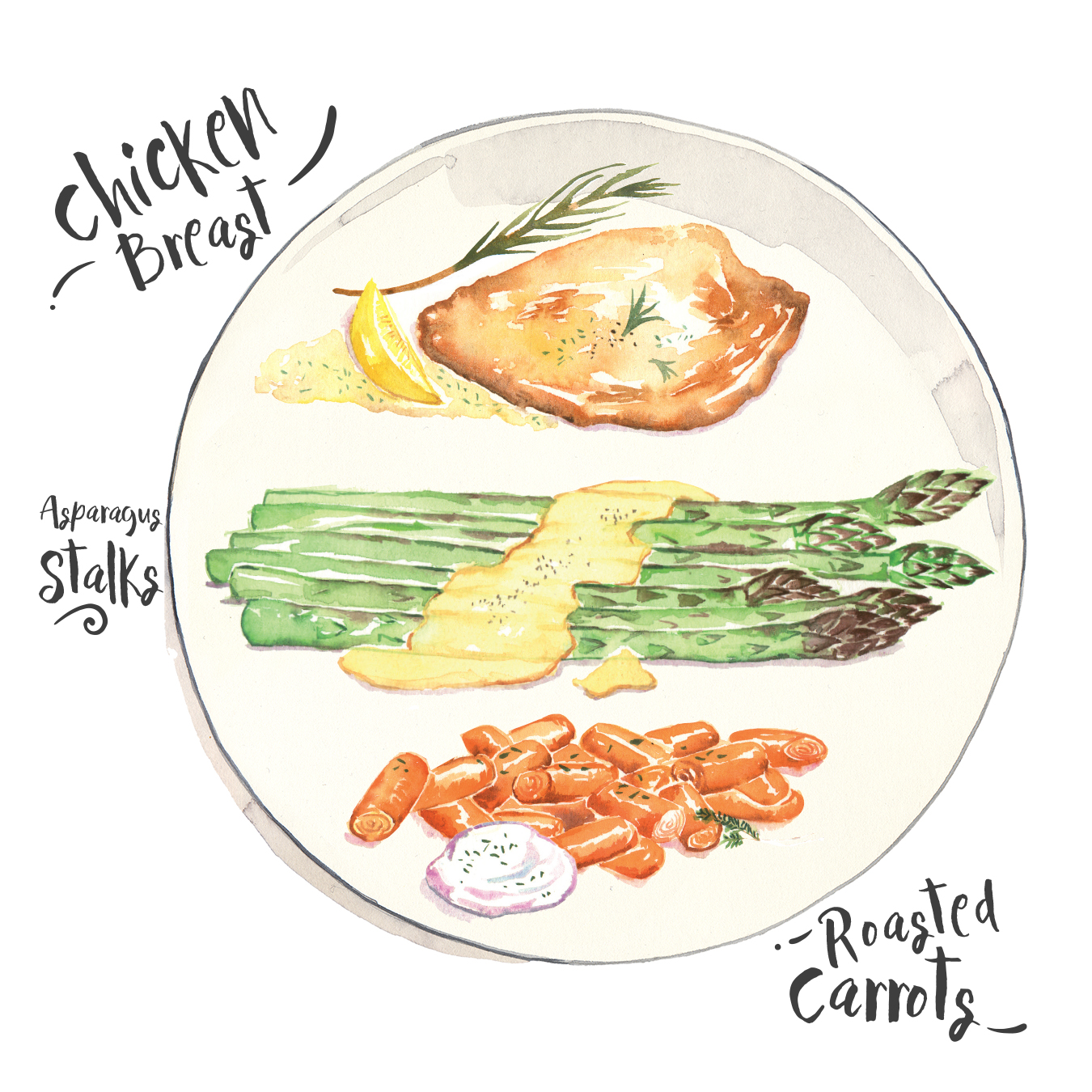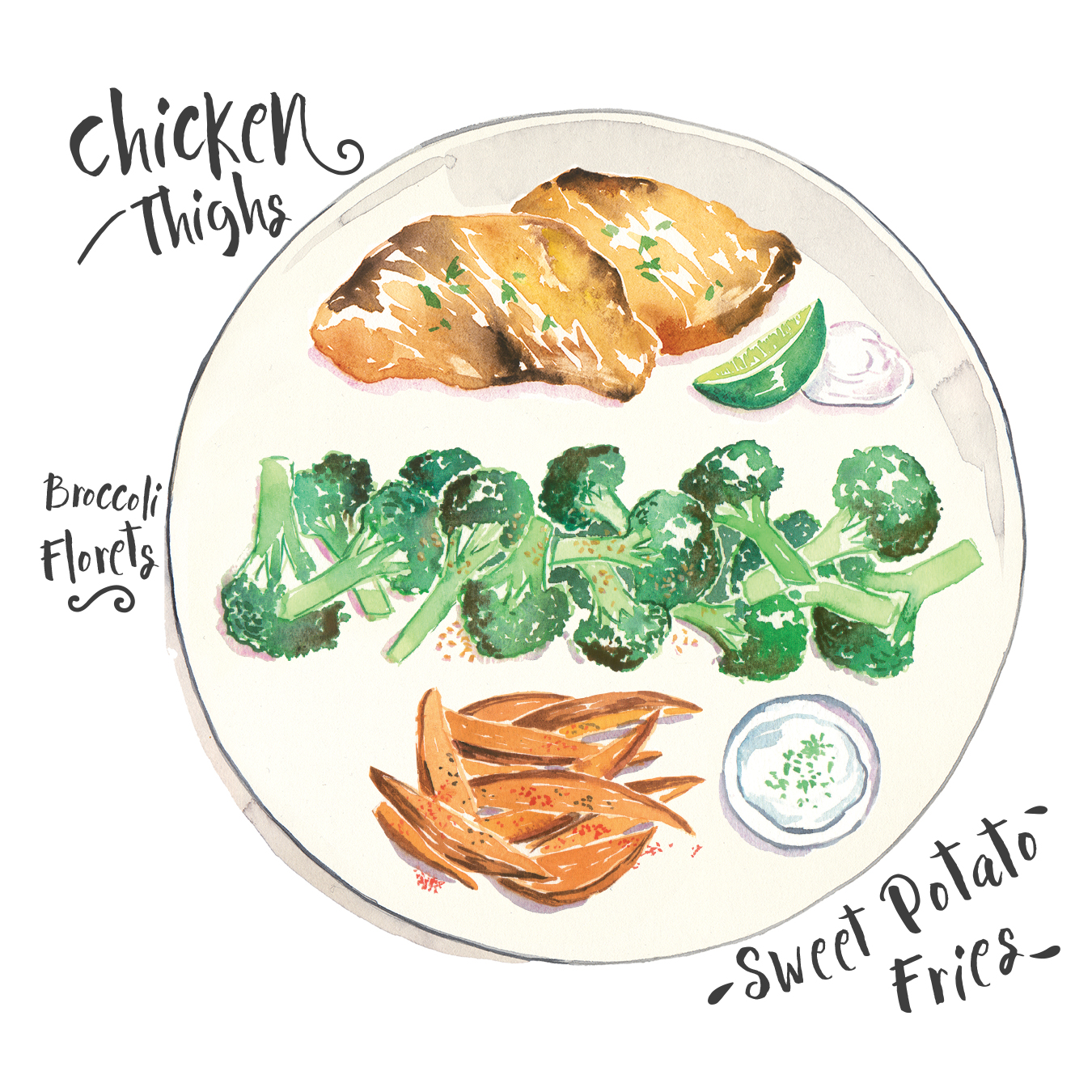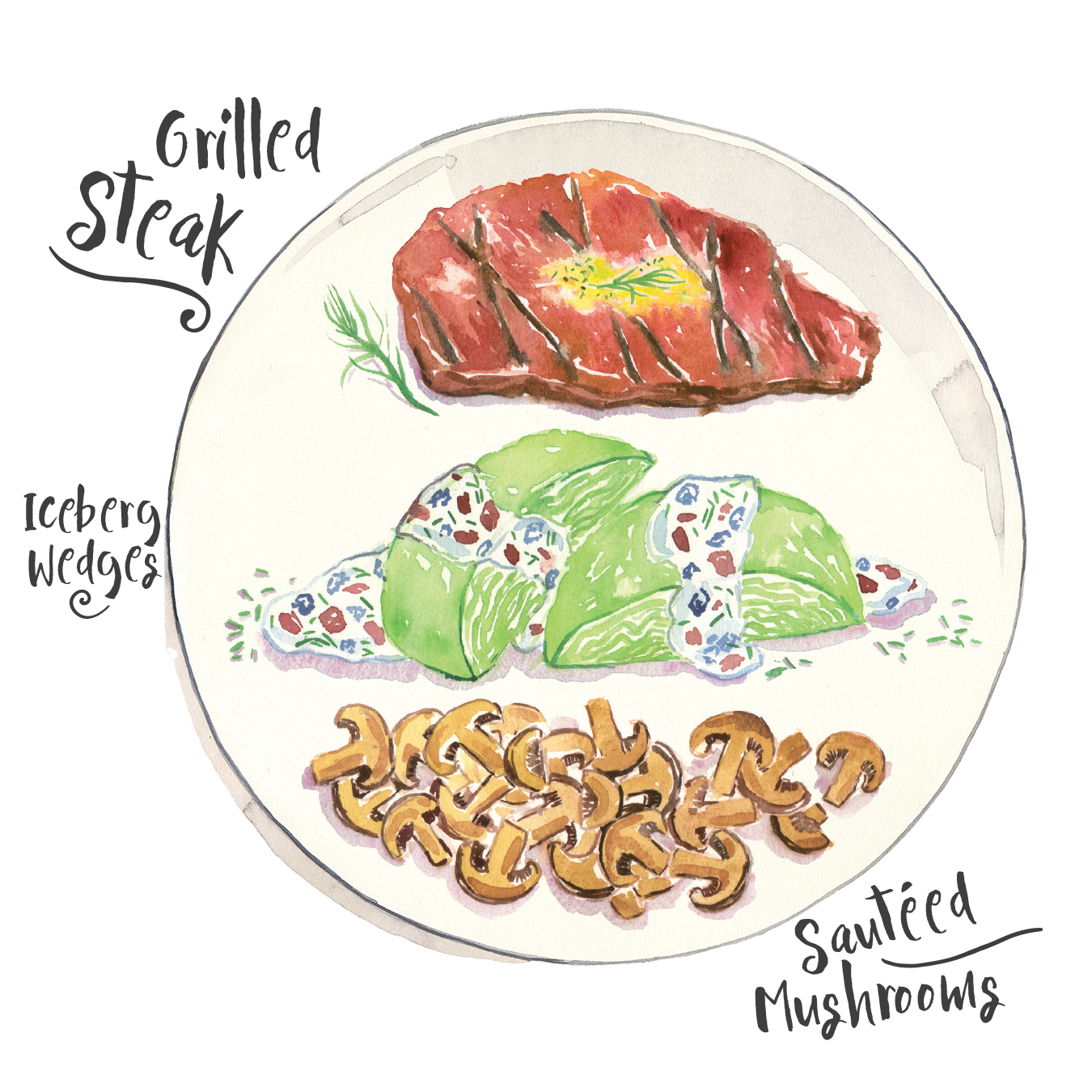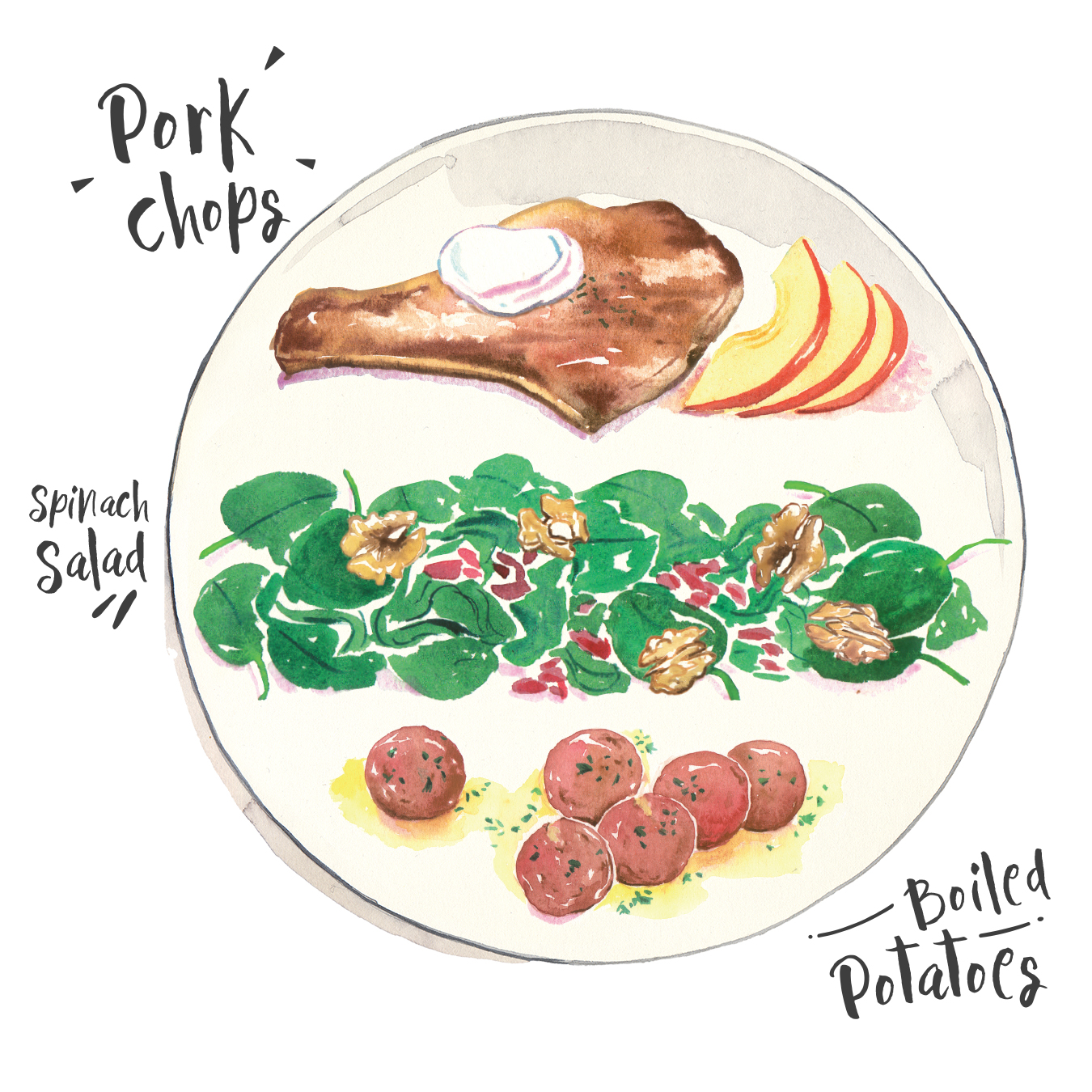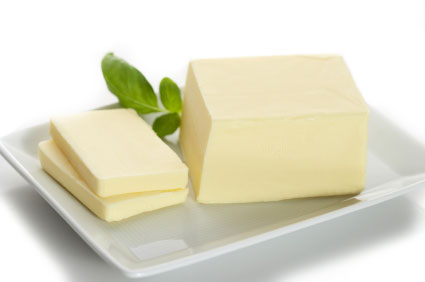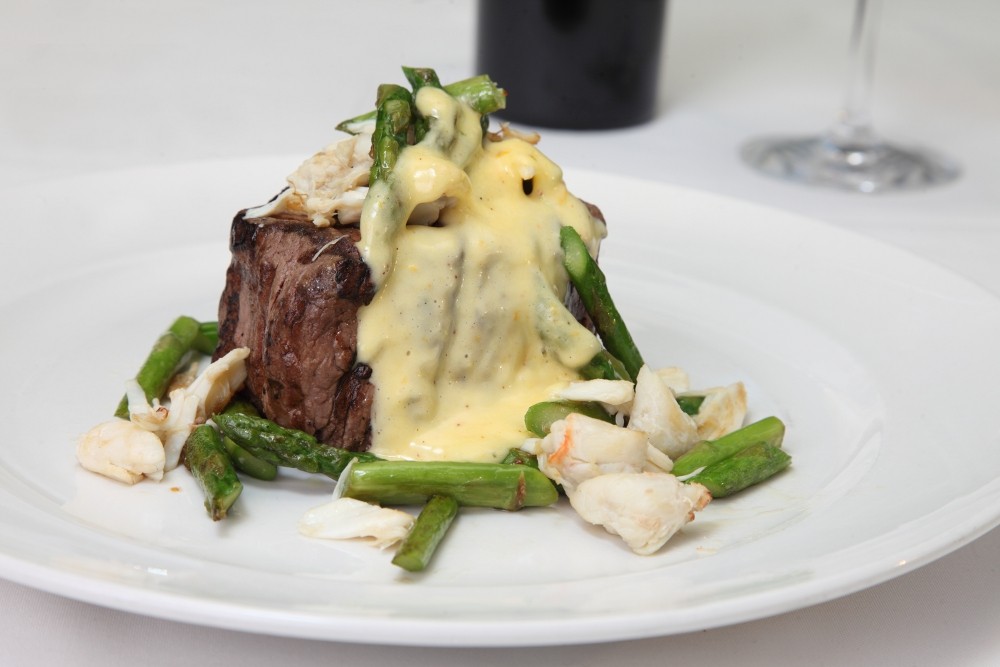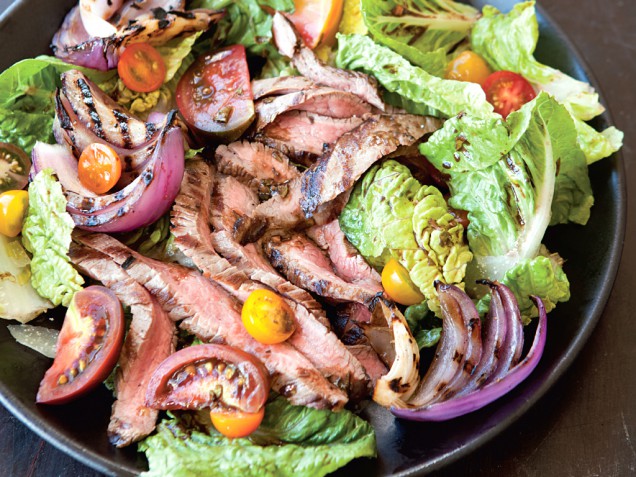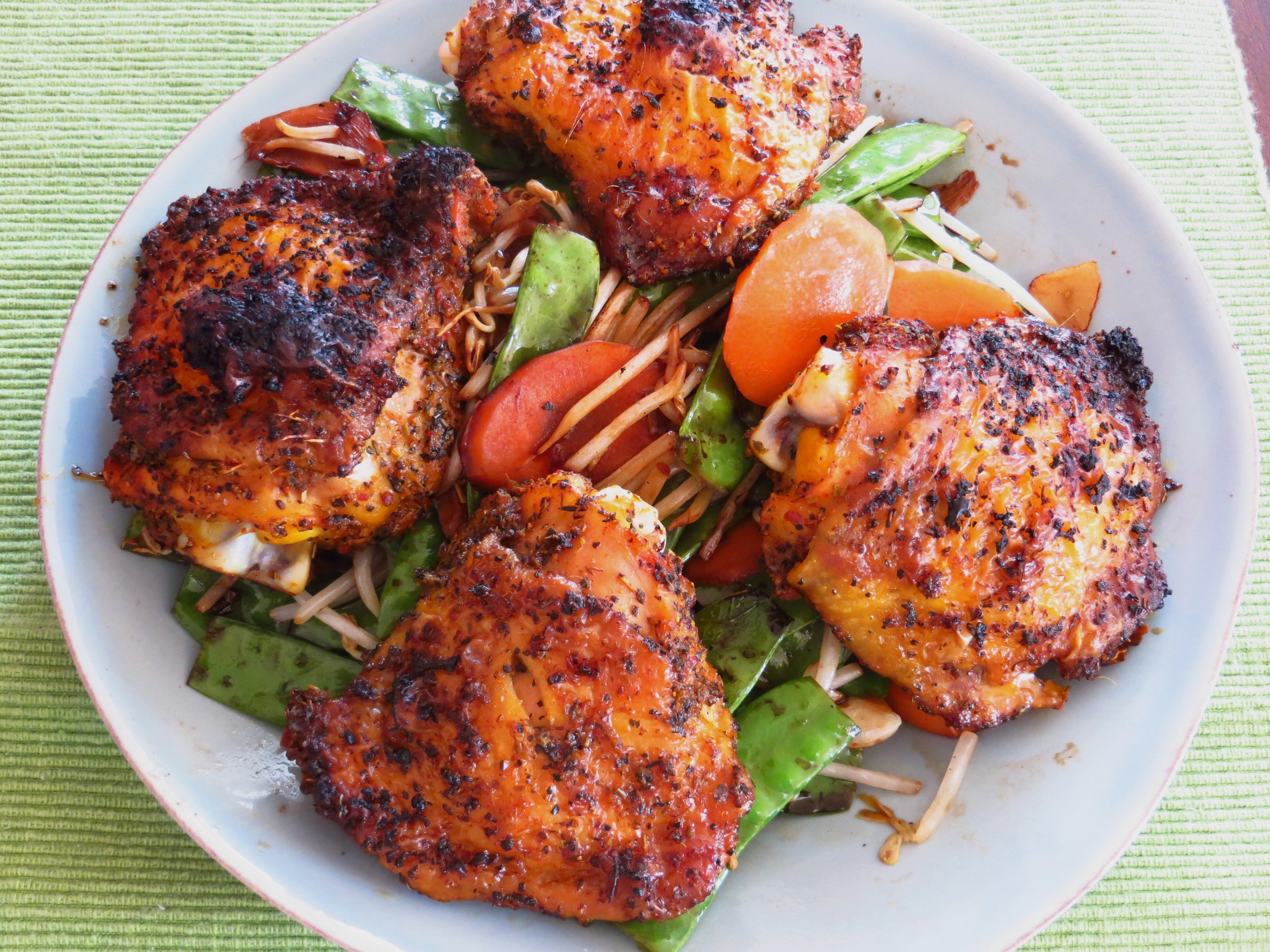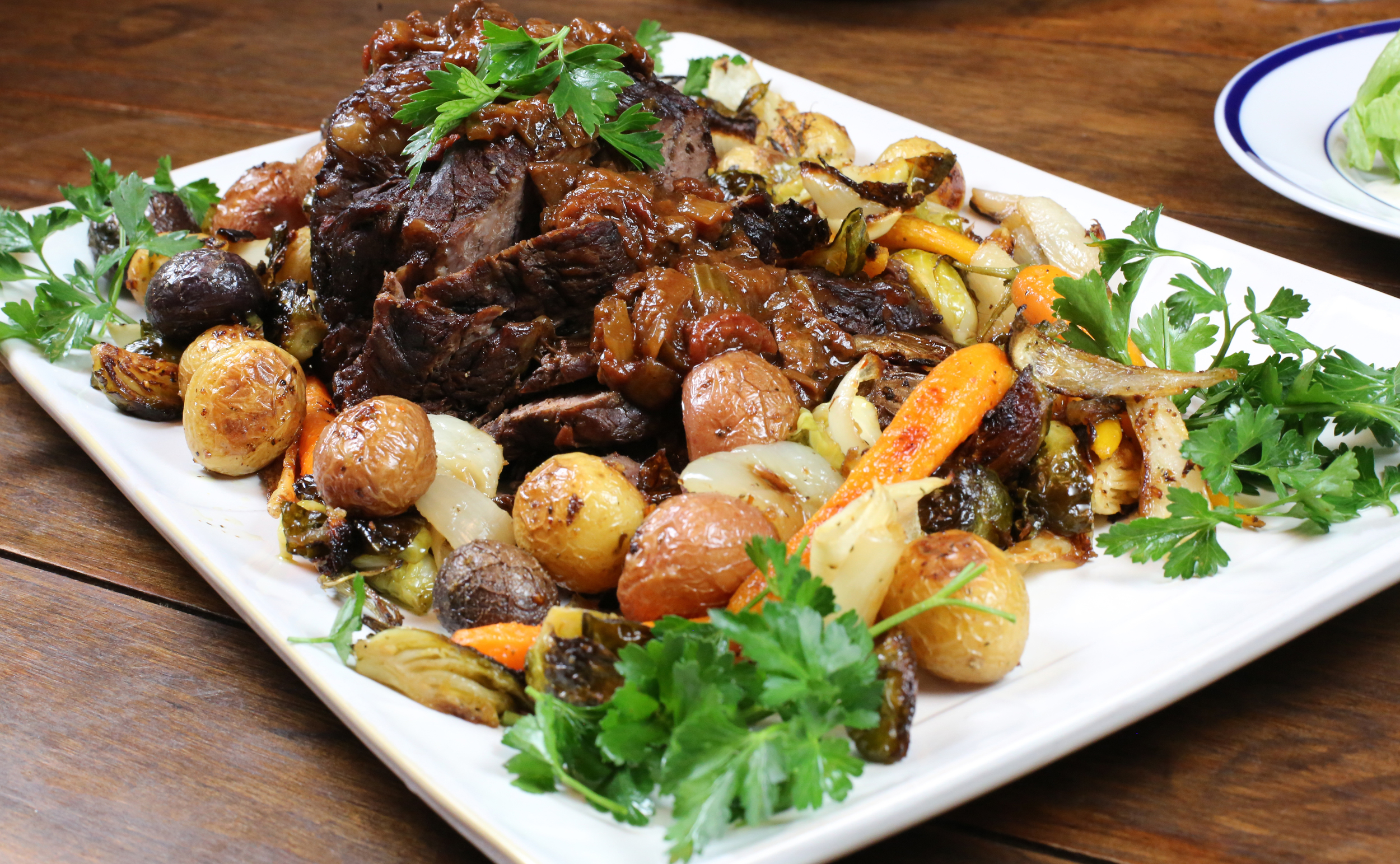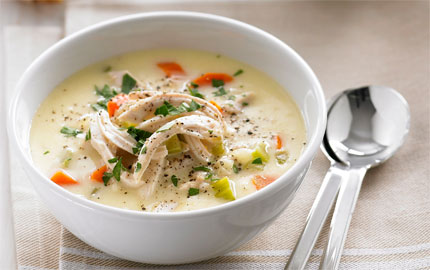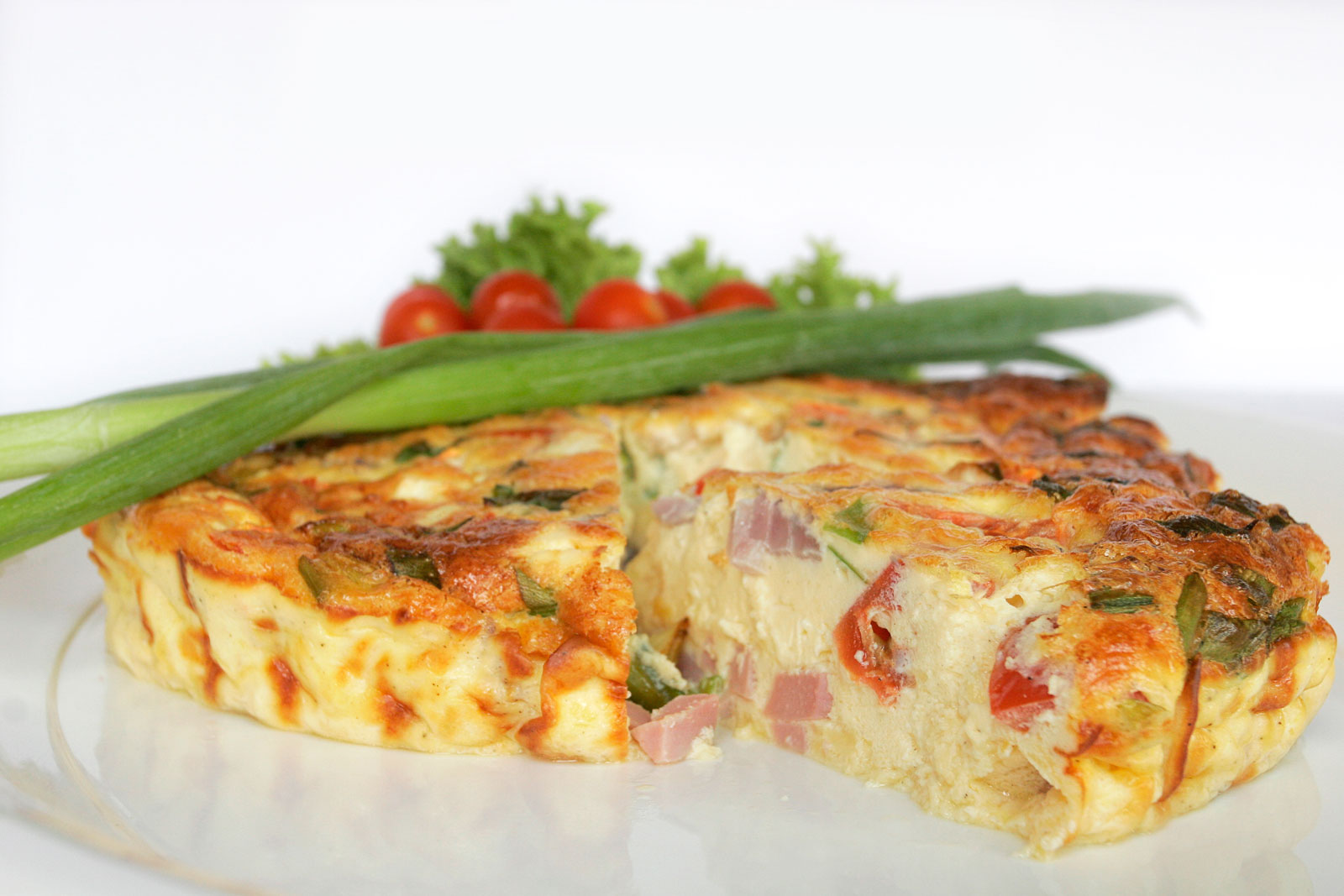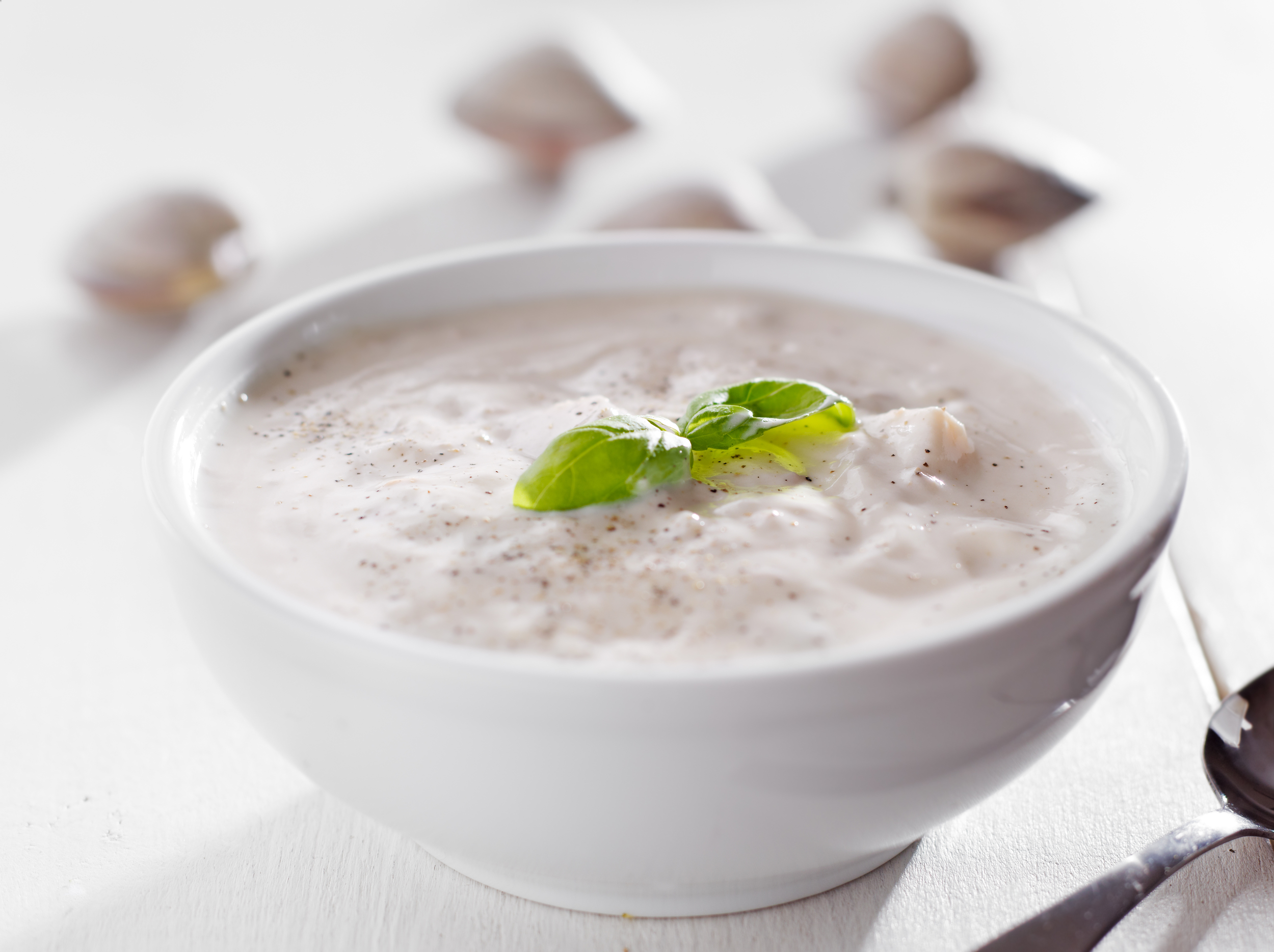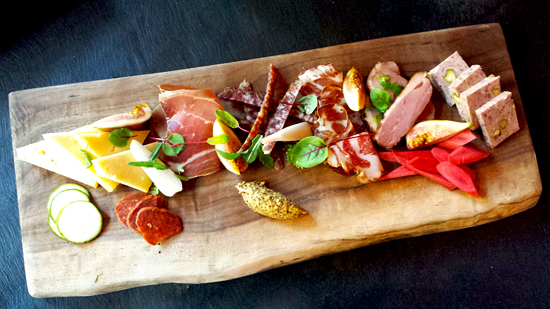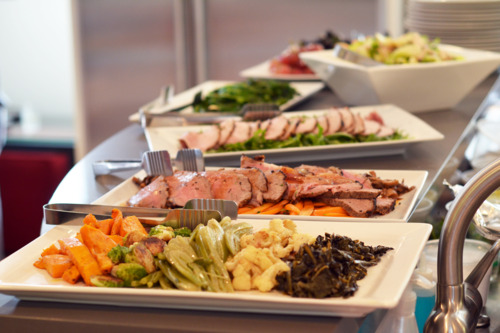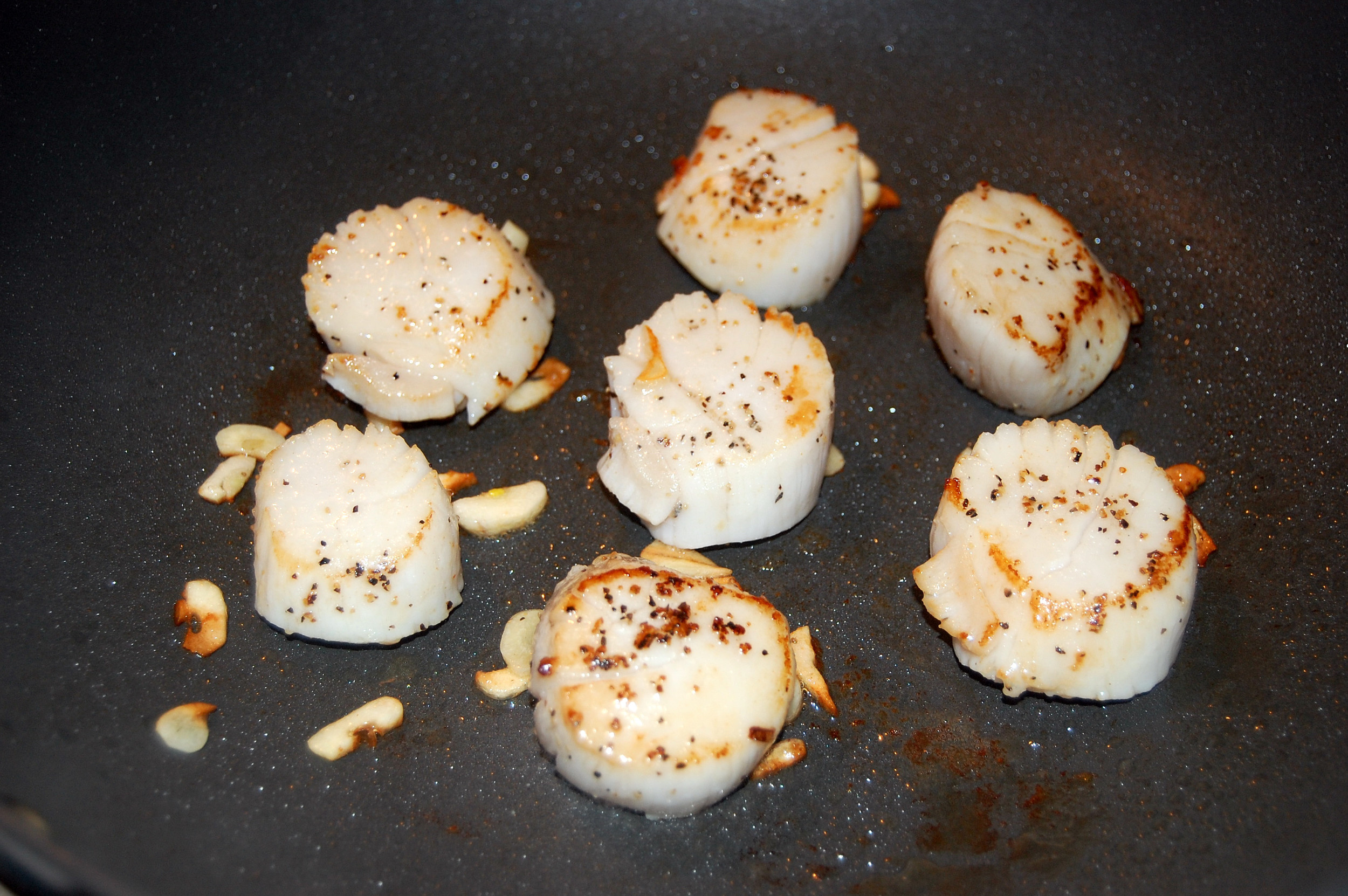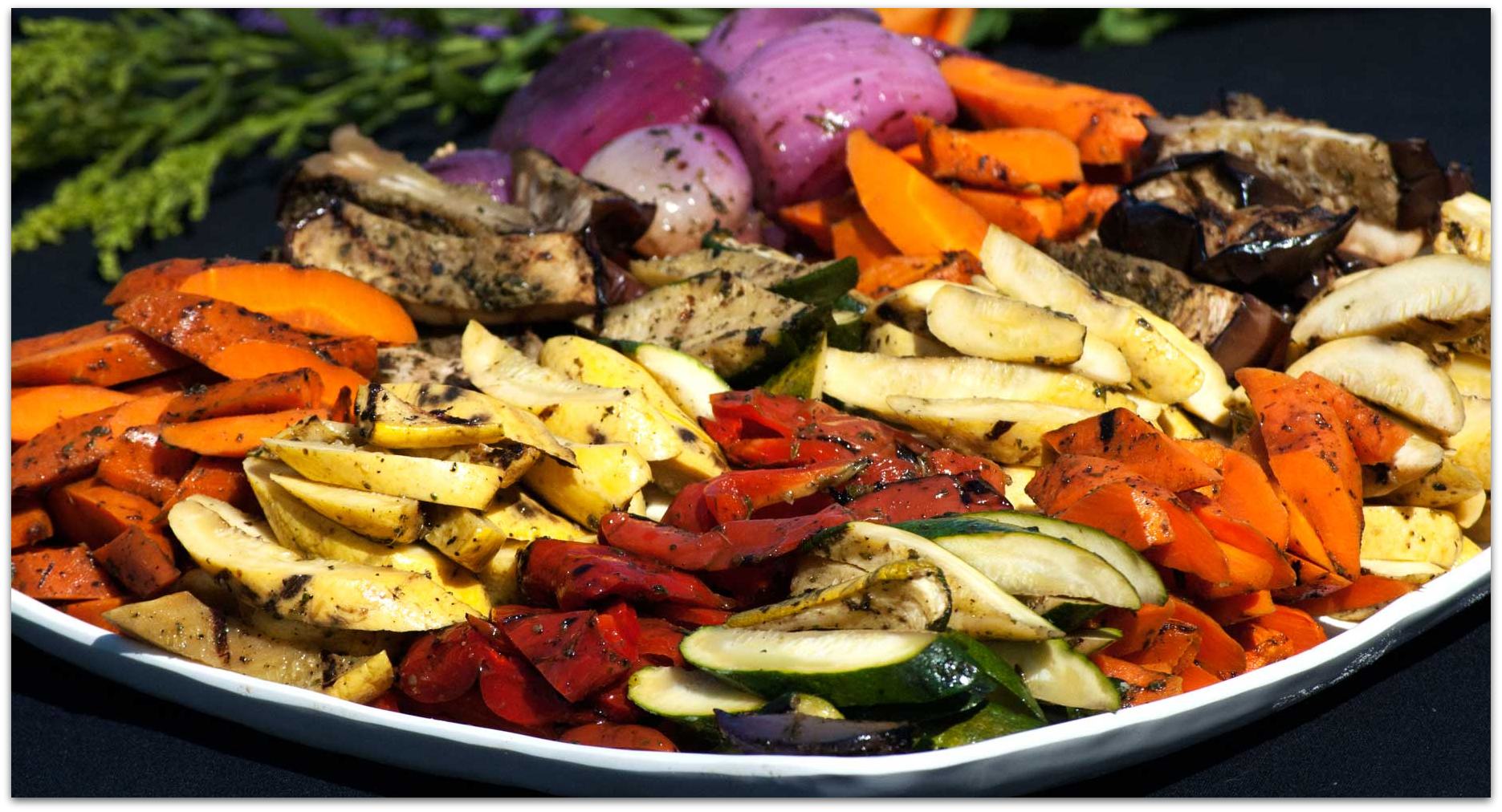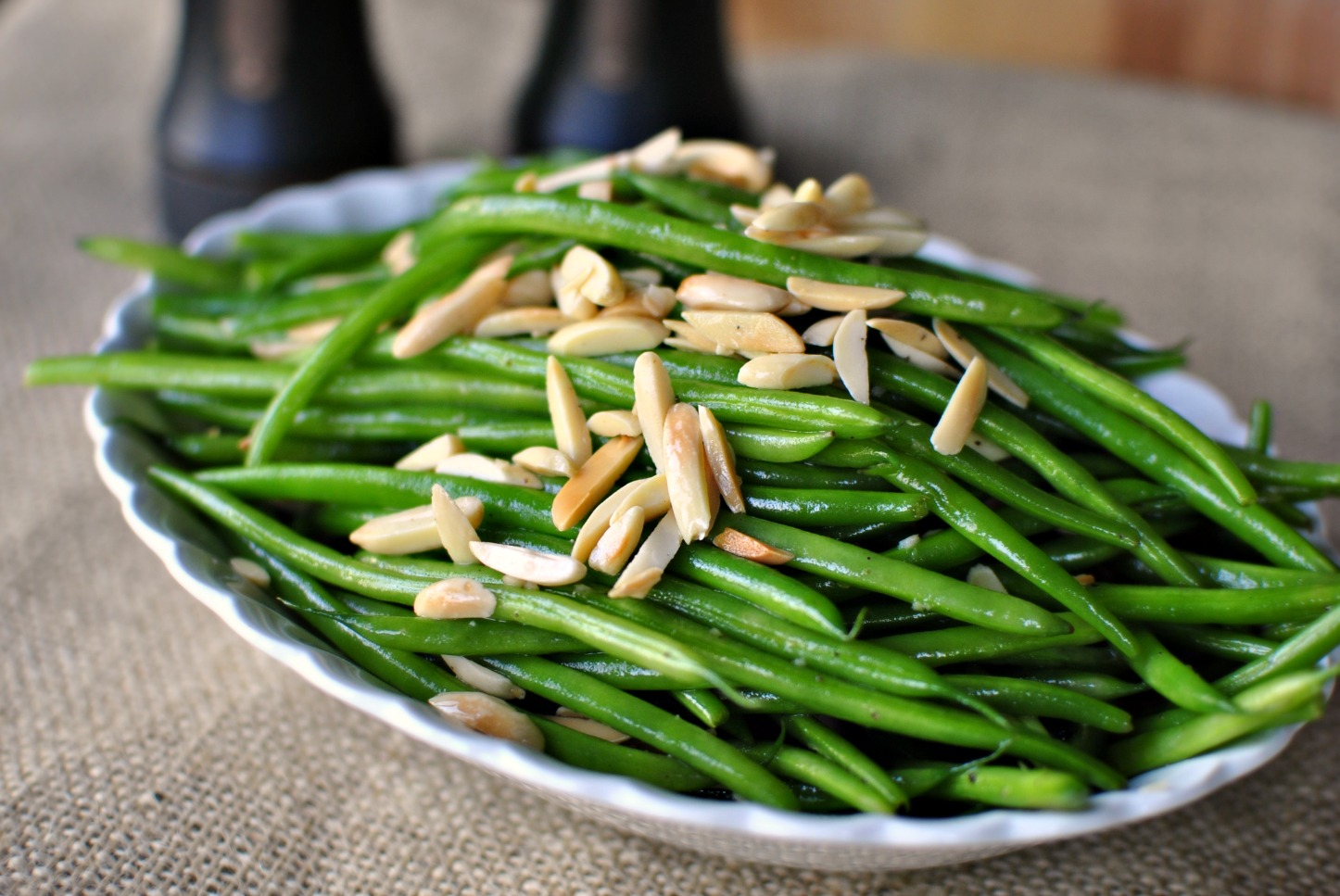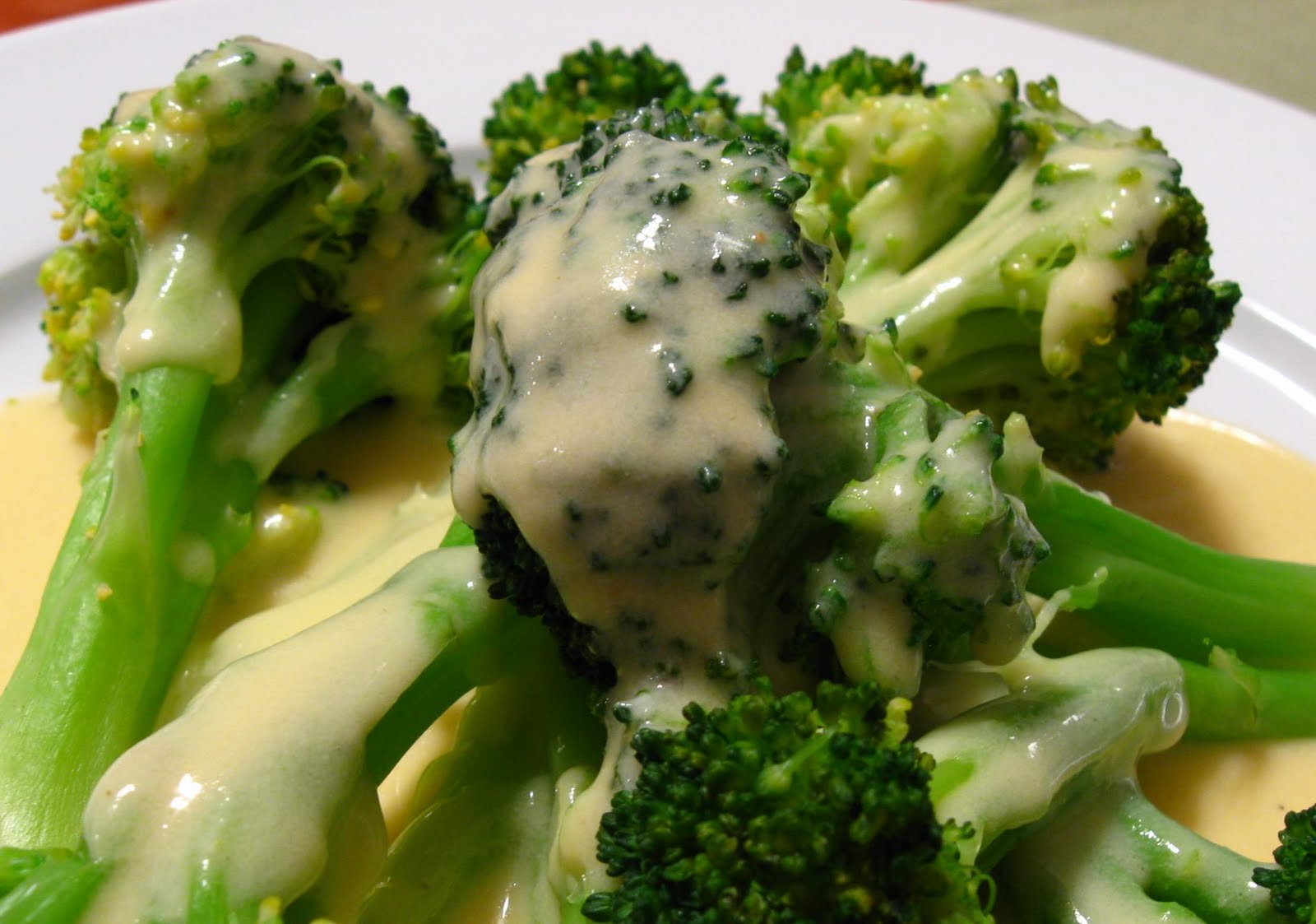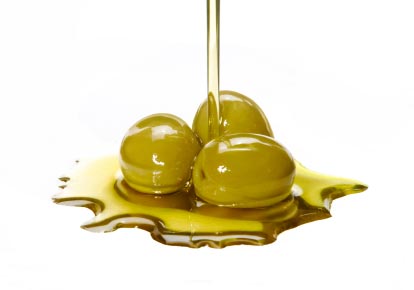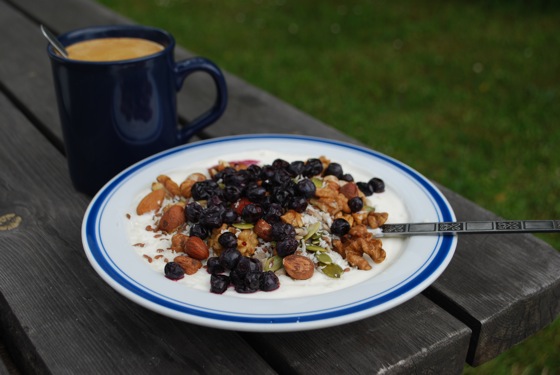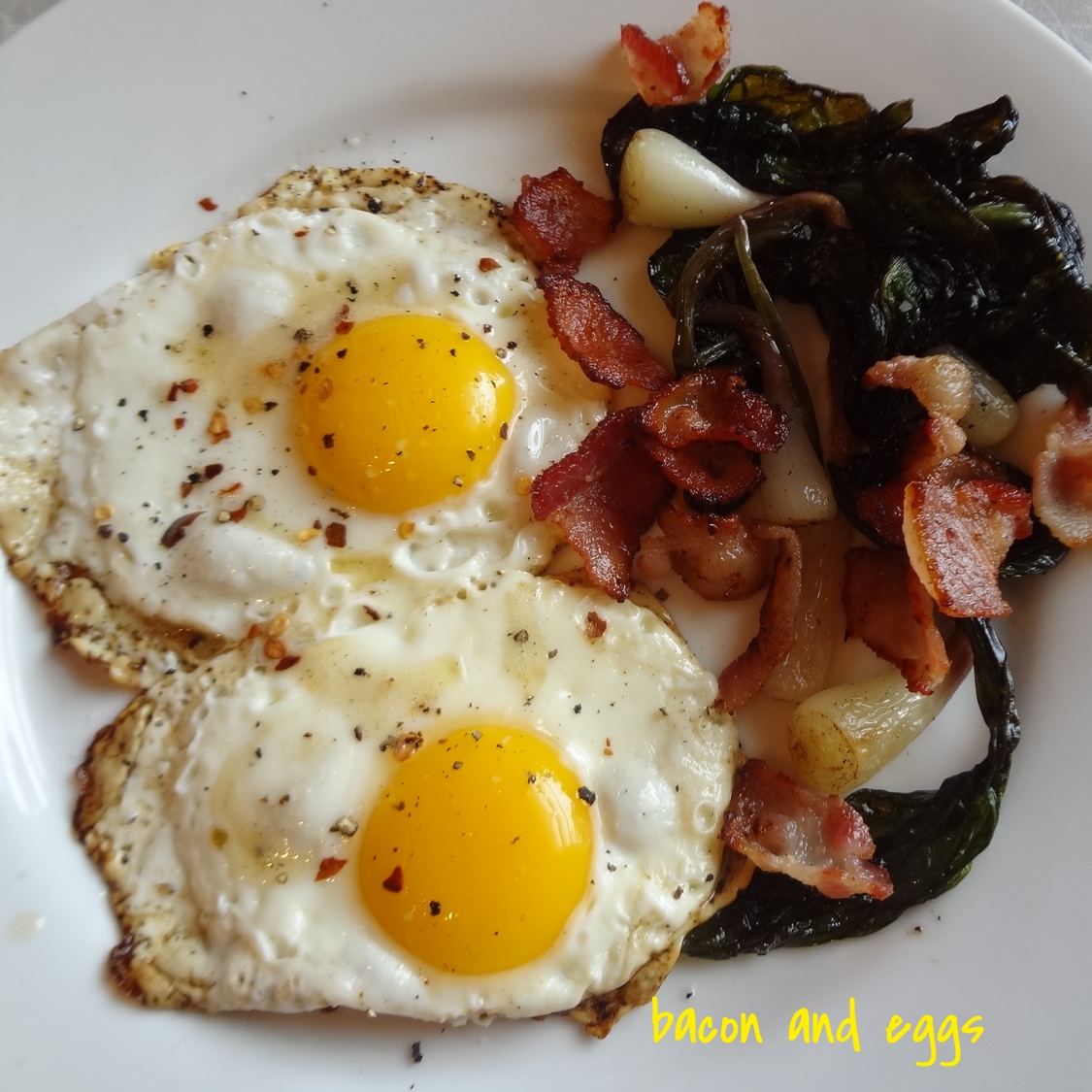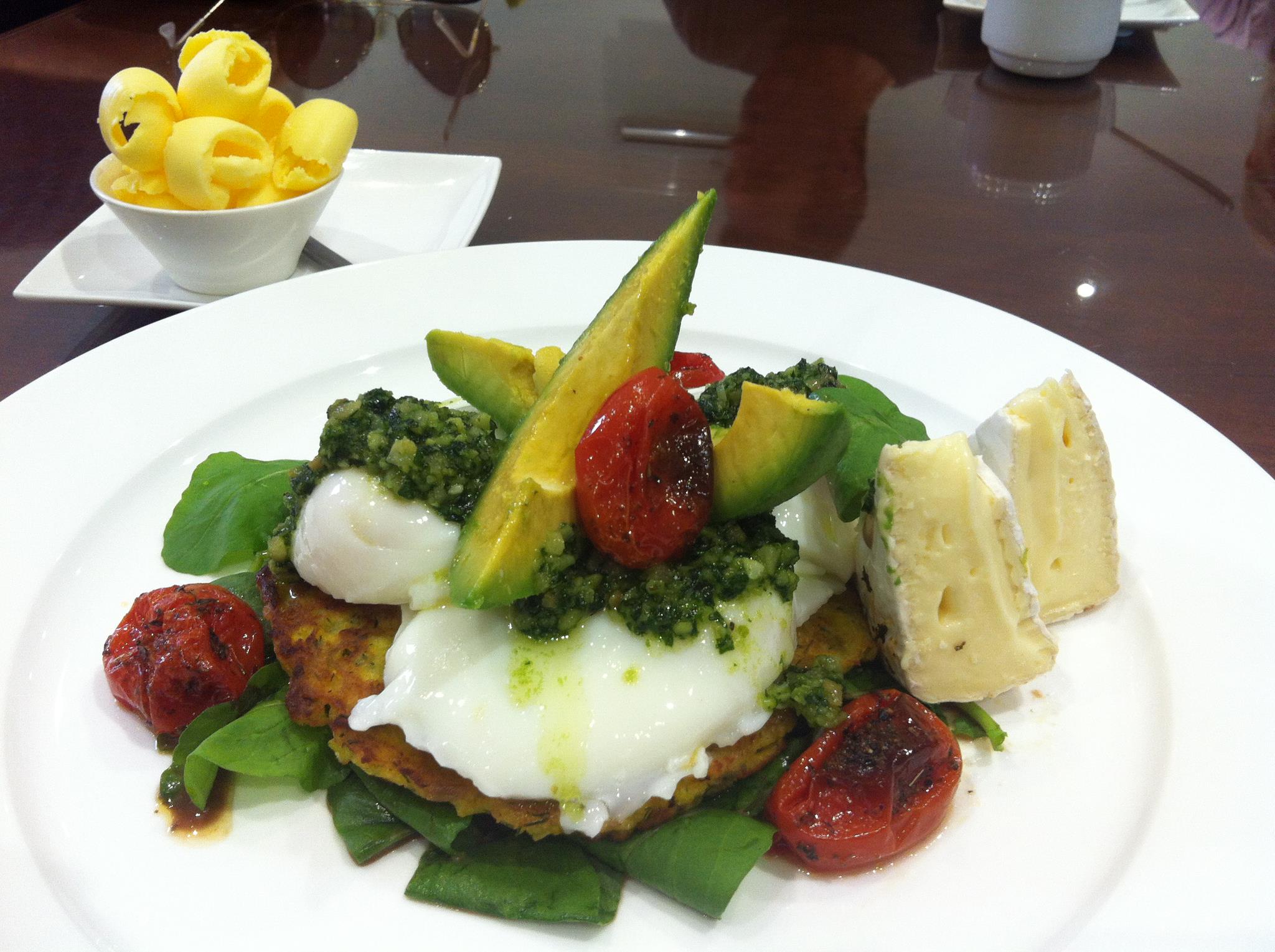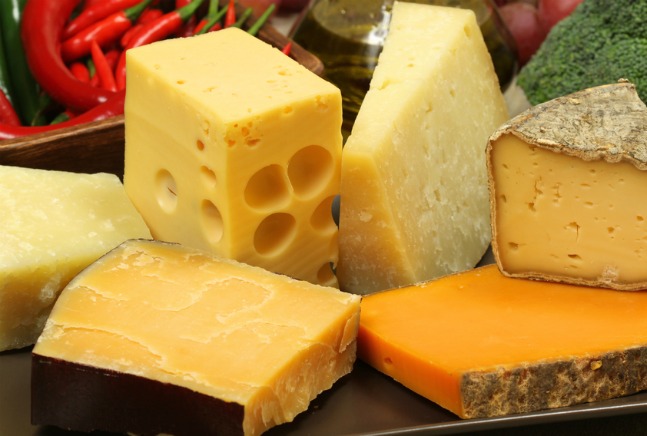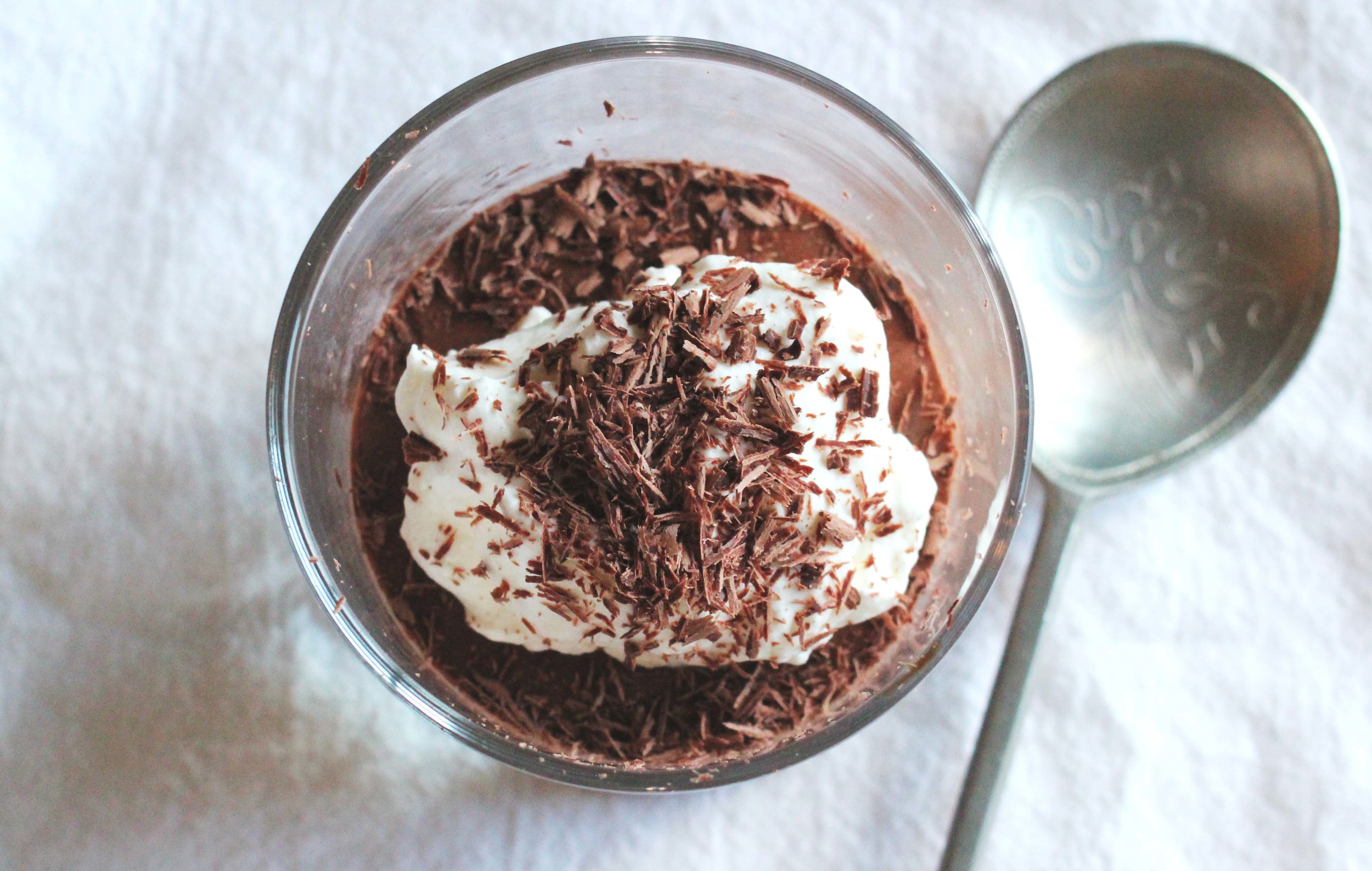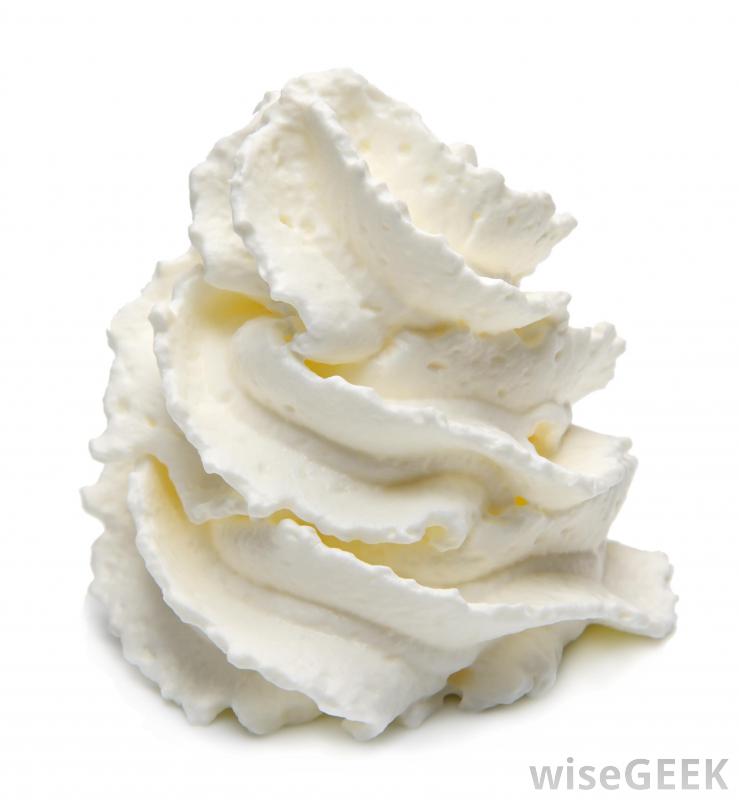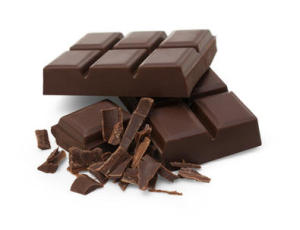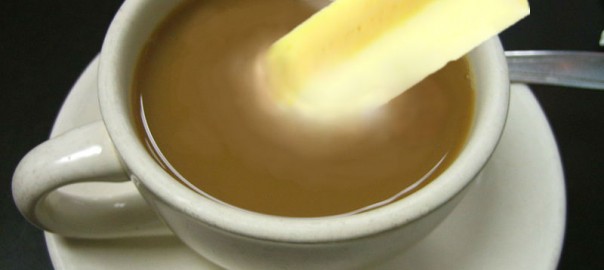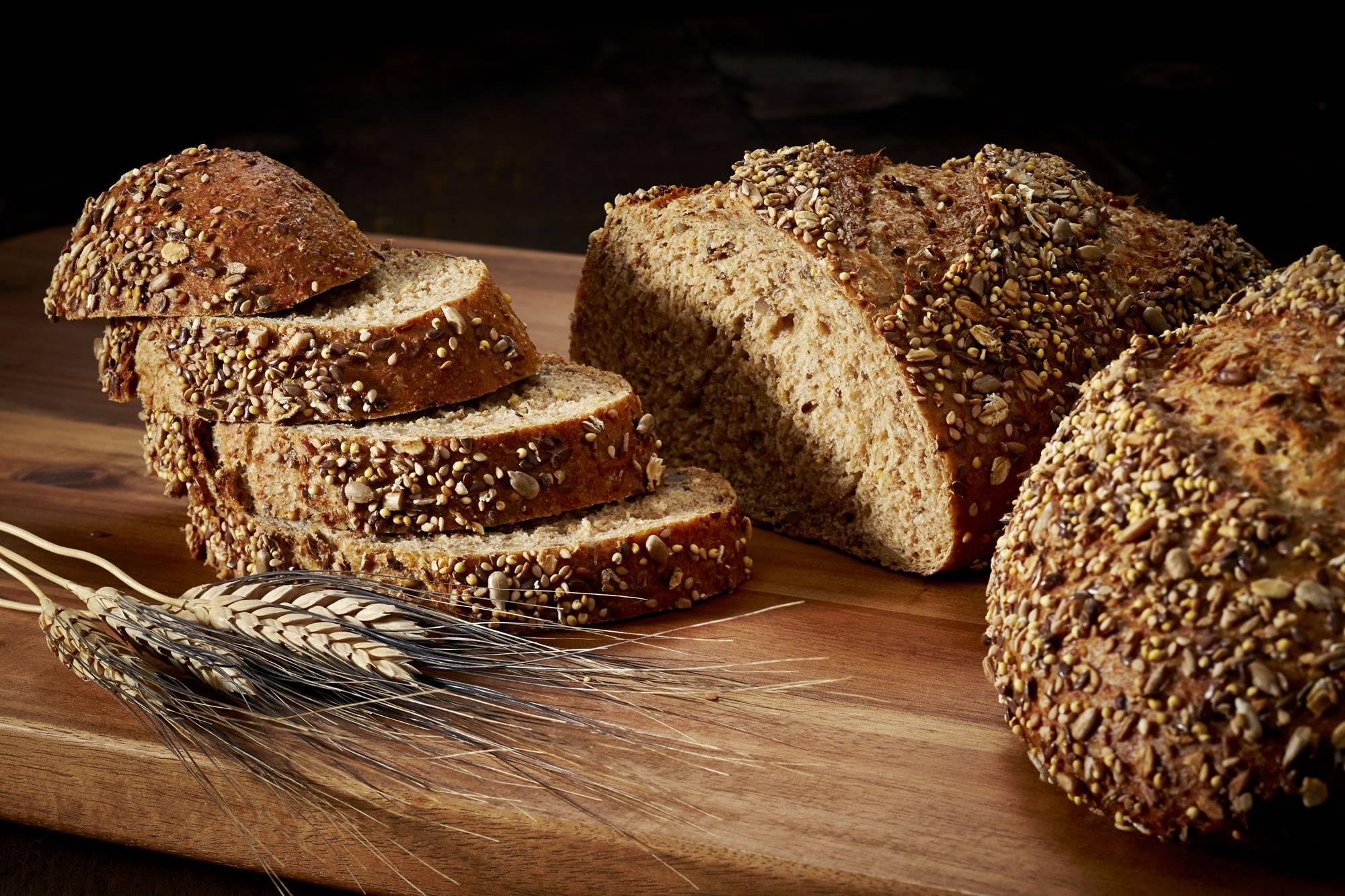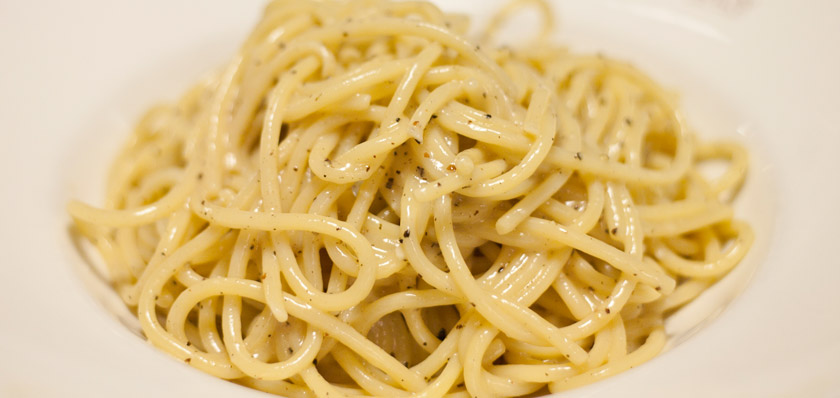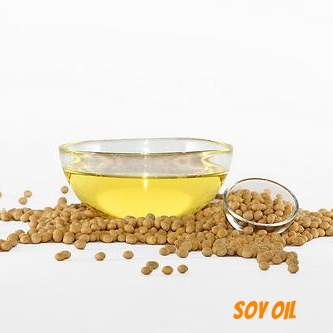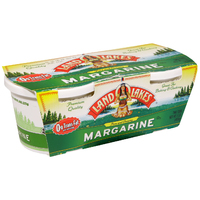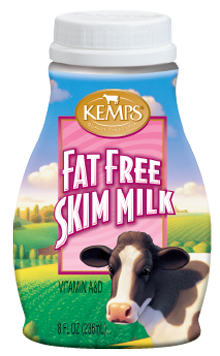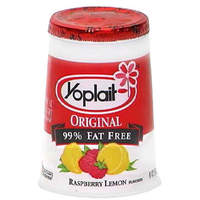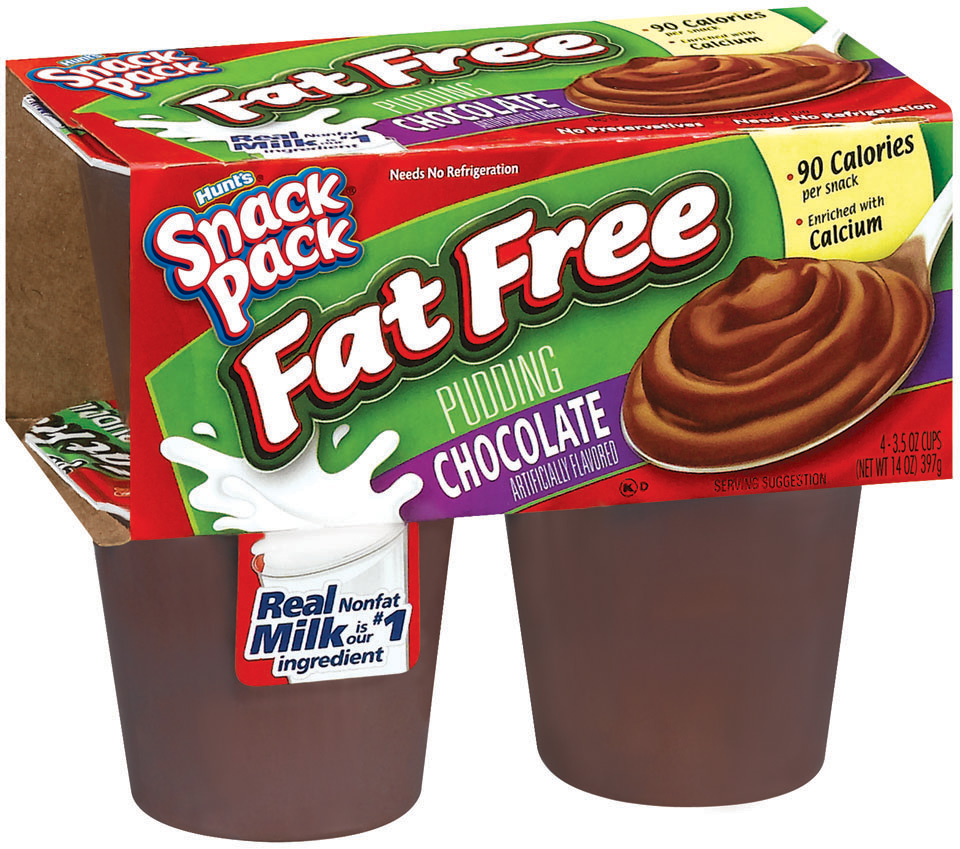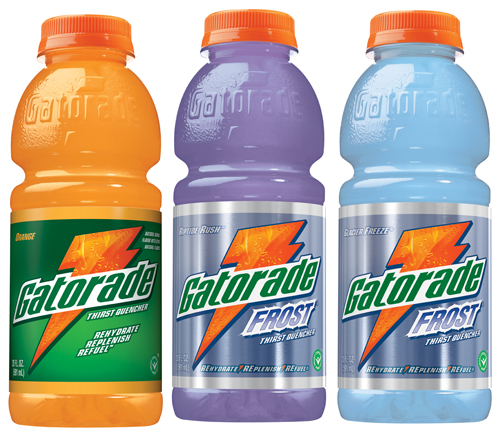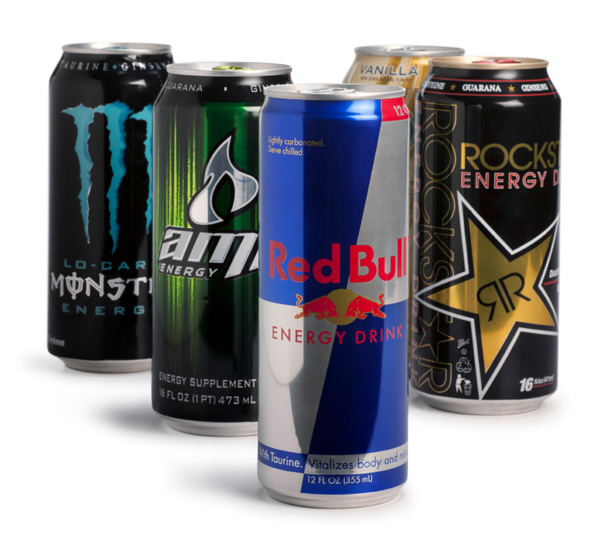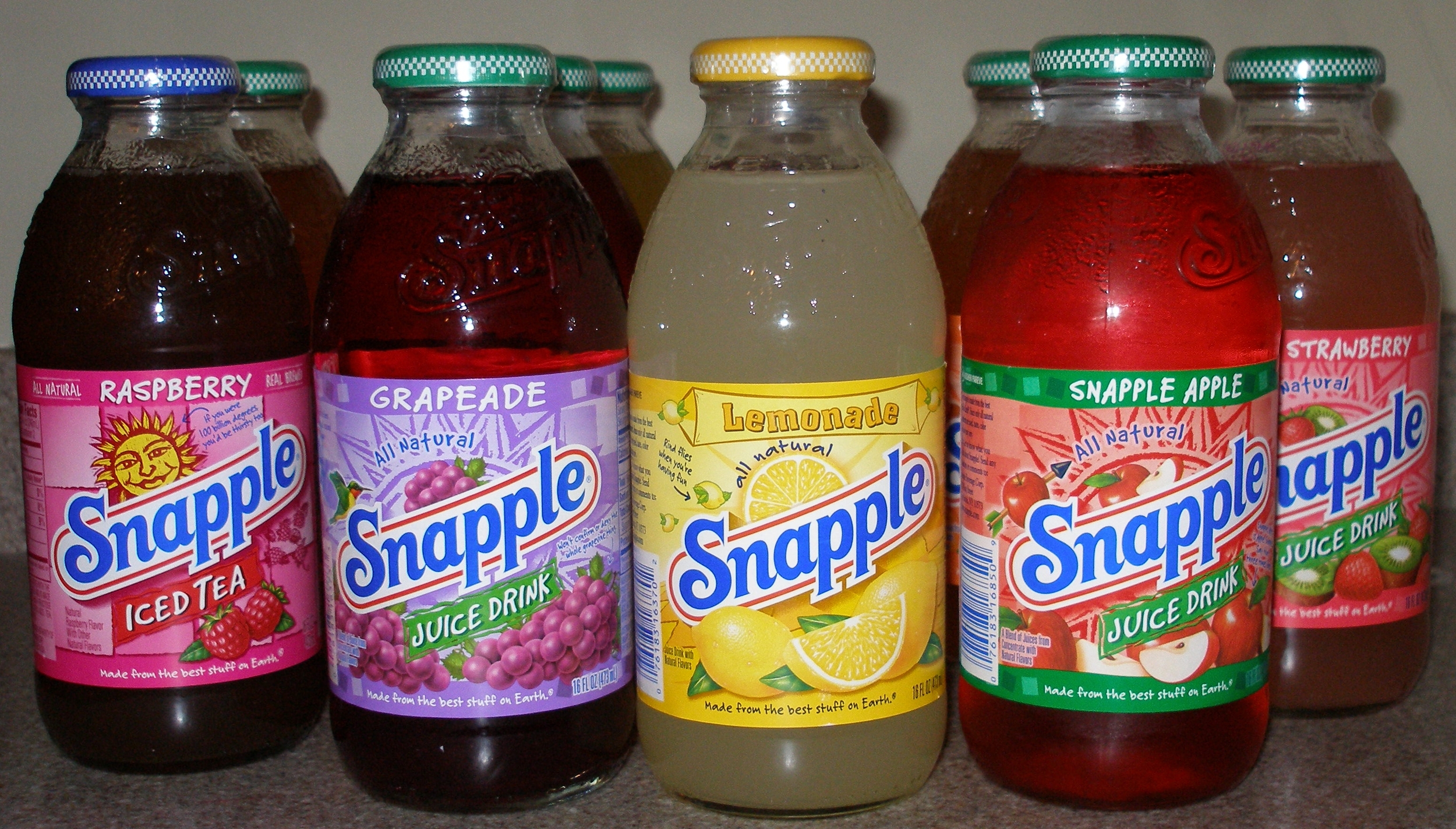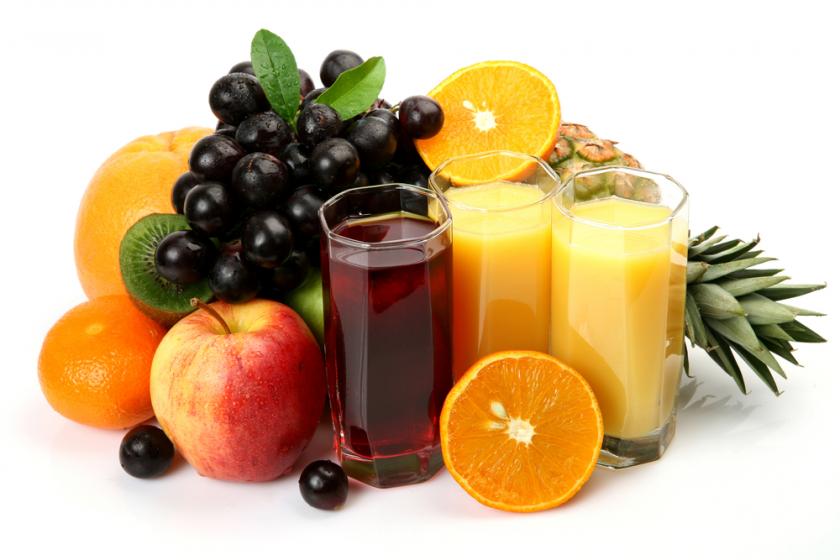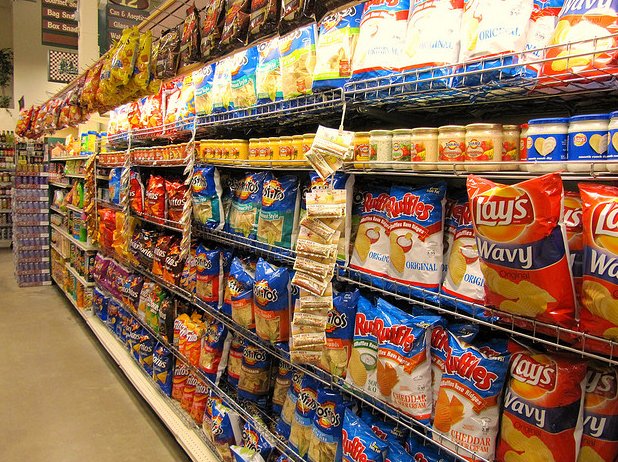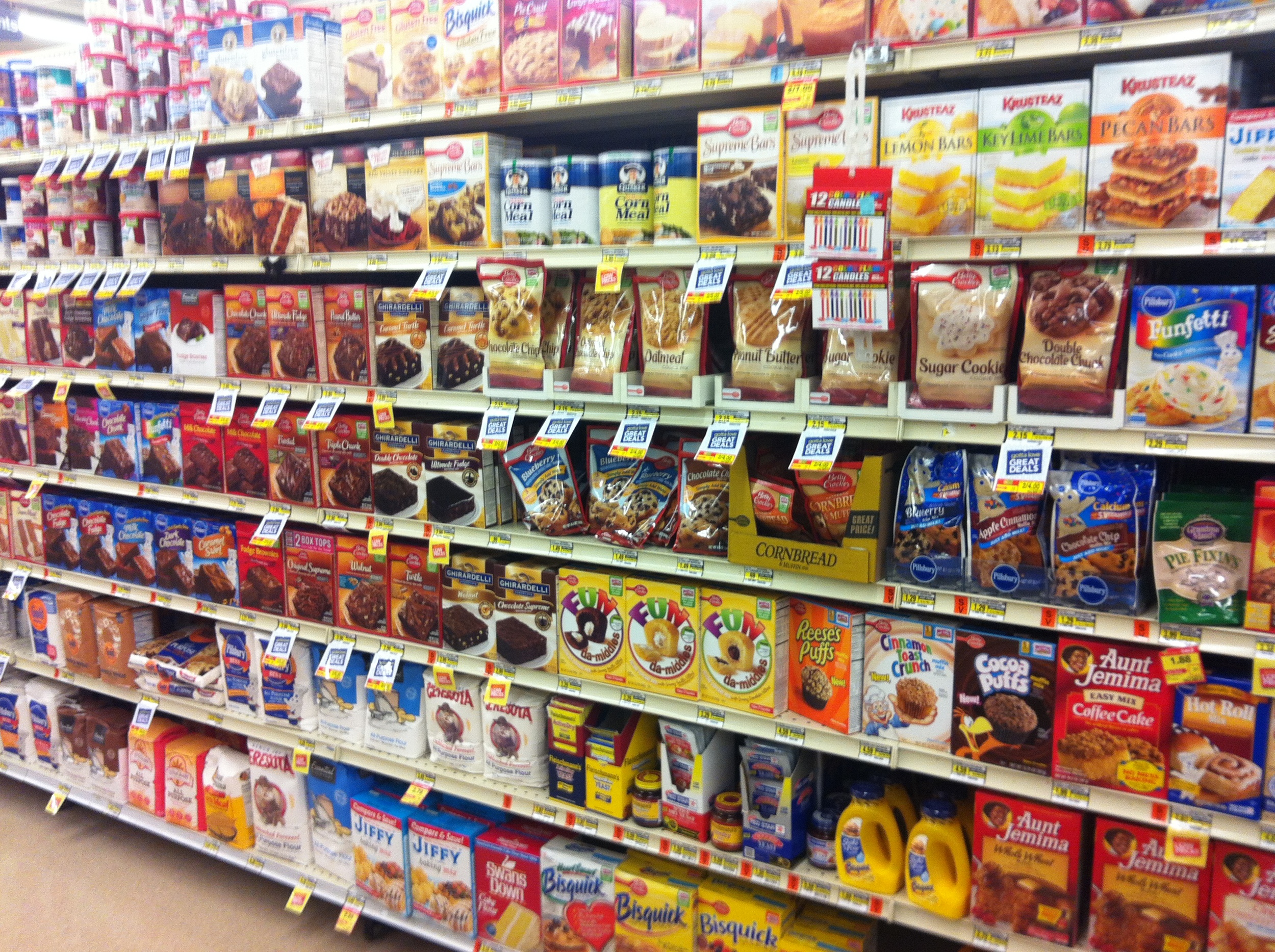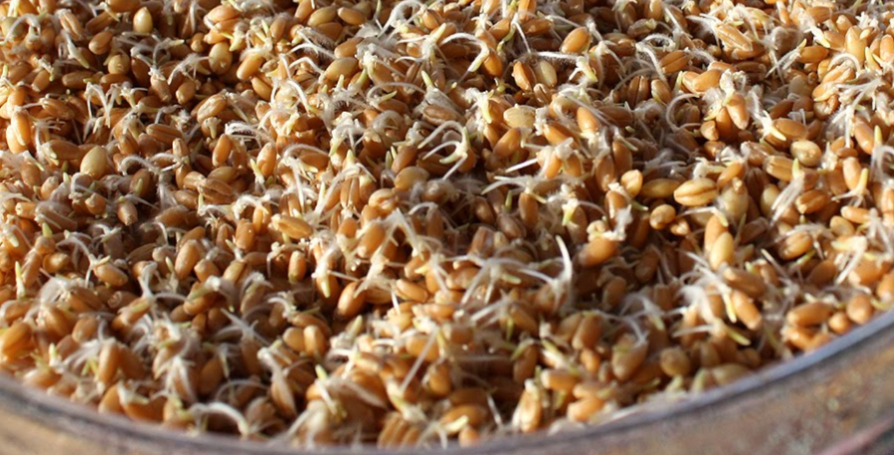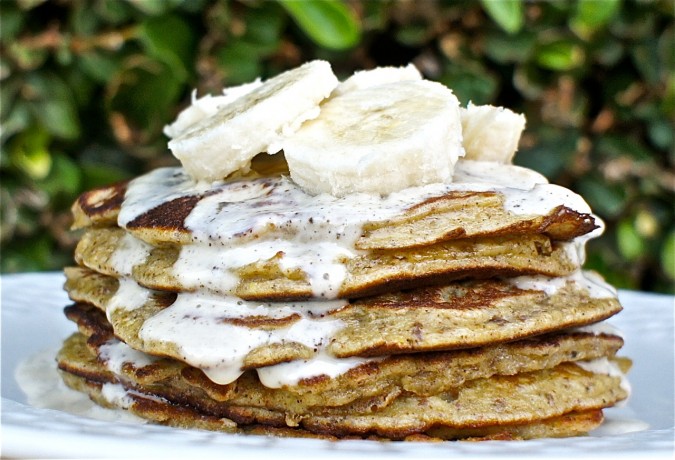






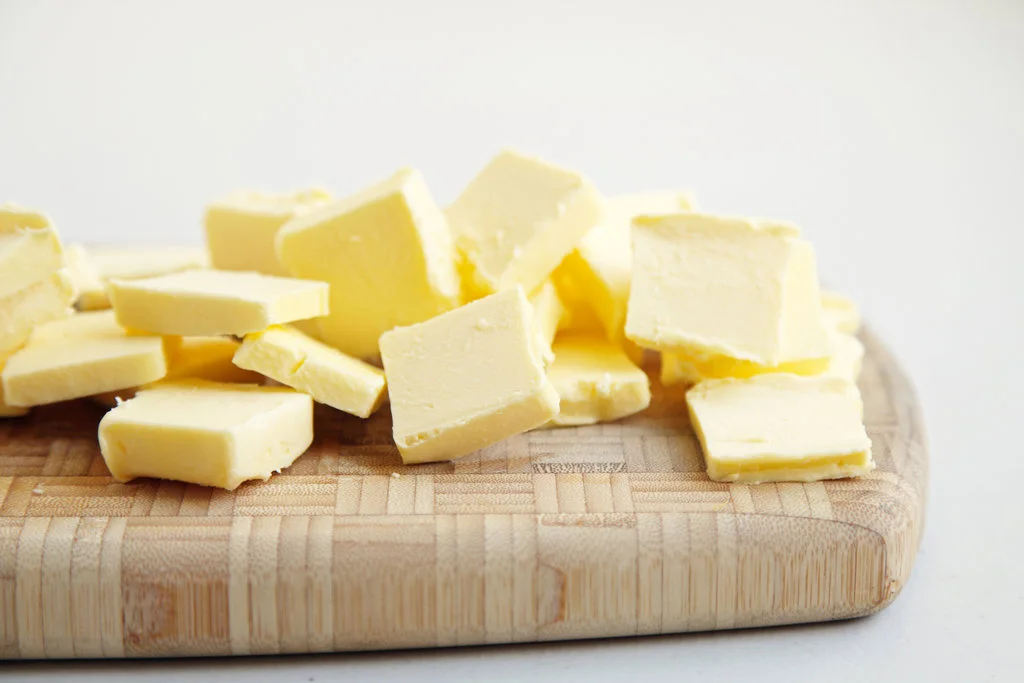



What should I eat?
What should I eat?
Eat The Butter's top ten vintage food rules:
Eat real food. Eggs, meat, vegetables, nuts... BUTTER, not margarine.
ADD natural fat -- butter, coconut oil, olive oil, and the fat found in meat.
Avoid vegetable oil and shortening (corn, soy, canola, cottonseed, safflower oils....)
RETHINK breakfast. Exchange carbs for protein and fat.
Cut out SUGAR. (Some substitutes like stevia are okay in moderation.)
Minimize grains including whole grain products such as bread, pasta, crackers, pretzels, and cereal.
Eliminate 'low-fat' and 'fat-free' engineered foods.
Snack on nuts, cheese, and avocados.
Drink only WATER... well, maybe some tequila or wine in moderation ;-)
Enjoy dark chocolate as your go-to treat. >70% cacao.
Dinner Tonight
Dinner Tonight
What's on your plate?
Check out our gallery of plates, below, for dinner ideas. Or, visit our meal idea generator. There, you can design you own plates, with thousands of possibilities.
Go ahead. Play with your food.

Eat way more of this!
Eat way more of this!
Real food. More fat. As much as you want...
Meat, fish, seafood, and eggs.
Leafy greens, vegetables, and tart fruit.
Nuts, avocados, olives, and coconut.
Butter, olive oil, coconut oil, animal fat, cream, cheese, and full fat yogurt (some diets limit dairy to just butter!)
Dark chocolate for dessert - yum!

Eat way less of that!
Eat way less of that!
Cut out fake food, refined carbohydrates, 'drinks,' and vegetable oils...
Grains ~ bread, cereal, pizza, pasta.
Fake fats ~ vegetable oils, margarine, shortening.
Anything 'low-fat' or 'fat-free.'
Drinks ~ soda, sports drinks, energy drinks, lemonade, and fruit juice.
Processed crap ;-).
Sweets.

Eat this in moderation...
Eat this in moderation...
Fine in moderation, especially if you are in maintenance mode:
Carefully cooked or sprouted whole grains and legumes.
Fruit (nature's candy, so go easy).
Whole milk.
Root vegetables.
Potatoes - best to skip if you have weight to lose.

Rethink Breakfast
Rethink Breakfast
Breakfast has become a carb-fest.
The low-fat dietary recommendations changed breakfast more than any other meal. It has become the all-American carb-fest. Change it back to a vintage breakfast. Eat real food, more fat, and skip the refined carbohydrates. Eating fat in the morning means that you will feel full longer and eat less throughout the day. Bacon and eggs fried in butter, anyone? Yum!
Starting your day with fruit, cereal and skim milk is what we have been instructed to do for 'heart health.' But such a large slug of carbohydrates gets your day off to a pretty rough start from a blood sugar perspective. And all that insulin gets your body ready to store fat -- not the best idea if you have weight to lose. Check out the blood sugar graphs, below, and rethink breakfast!
My tale of two breakfasts:
One morning, I ate 1/2 cup grape nuts, 1/2 cup skim milk, and a banana. This is the 'poster child' of an American Heart Association (AHA) 'heart healthy' breakfast: no added sugars, whole grain cereal, plenty of fruit and fiber. The following day, I ate an omelet made with eggs, cheddar cheese, salami, spinach, and bell peppers, all fried in butter. Let's look at what happened to my blood sugar:
As you can see, my AHA 'heart healthy' breakfast made my blood sugar spike above 200mg/dL... for context, most doctors advise that post-meal spikes ideally stay below 140mg/dL. After a low-fat, high-carb breakfast like cereal with skim milk and a banana, the pancreas is scrambling to release enough insulin to bring blood sugar levels down... mine were elevated for three plus hours!! Then they crashed, I got hungry, and the cycle often begins again as a hungry person reaches for that banana-nut muffin. In contrast, the omelet was pretty boring from a blood sugar perspective (but pretty yummy from a tastebud perspective!) No scramble to bring blood sugar back into a normal range. Definitely gentler for the pancreas. And, given the epidemic of pre-diabetes and diabetes sweeping our nation, figuring out how to be gentle with one's pancreas seems like a very good idea indeed.
“There is a universal law: the harder you use something, the faster you wear it out. This is true for your car— your knees— probably even your marriage.”
“Perhaps it is true for your pancreas....”
Higher-fat breakfast ideas.
- Eggs with any of the following: cheese, avocado, tomatoes, sautéed greens, sausage, bacon.
- Ham and cheese or salmon with cream cheese.
- Full-fat greek yogurt (plain) - add vanilla, 2 tbs heavy cream, stevia/xylitol/erythritol, berries, nuts.
- Leftovers from dinner.
- Bulletproof coffee (coffee blended with butter and coconut oil); nothing else! Sounds a little crazy (Butter in my coffee?), but it is creamy and delicious!
- LCHF breakfast ideas from dietdoctor.com
- Paleo/Primal breakfast ideas (including pancakes!) from marksdailyapple.com
- A low-sugar, grain free granola like Paleonola

Is it okay to skip breakfast?
Is it okay to skip breakfast?
Yes. Skip breakfast if you are not hungry.
Frequent meals and snacks are necessary when the you fuel your body with carbohydrates. When you are eating more fat, you will feel full longer and even when you are hungry, it won't be as dramatic or urgent. In general, avoid force feeding yourself or your kids. Doesn't it make sense that you should not eat when you are not hungry? Of course, there are exceptions... if you know you will be starving at 11am, which for you means you will hit up Dunkin' Donuts for that oversized banana-nut muffin, perhaps you should eat breakfast. (Or, bring some hard boiled eggs to work....) Or, if you plan to run a 10K at 9am or plan to spend the entire morning outside pulling weeds, perhaps you will need more than just that cup of coffee to get through (comfortably) until lunch. You decide.

Does it have to be organic?
Does it have to be organic?
Organic. Pastured/grass-fed. Non-GMO. Free Range. Wild caught... What matters?
Do you find yourself a little confused in the supermarket these days? So many labels - so much to think about. What is a mother to buy?
Relax. Most (~80%) of the battle against ill health is won simply by switching to a real-food-more-fat diet. So no, it does not have to be organic to be healthy for your family. Different mothers have different access to organic produce and different grocery budgets, so suit yourself.
If you do have room in your budget for higher-end food, here is a priority list, designed to give you the most health improvement for your grocery dollar:
- Pastured or grass-fed butter. (Kerrygold and Organic Valley Pastured Butter taste amazing!)
- Pastured or grass-fed milk, cheese, and cream.
- Grass-fed beef. (Note: Most of us are used to corn-fed meat, and some will find the grass-fed meat less appealing. In general, the flavor of grass-fed beef is great, but there is a textural difference and it cooks a little faster, so it can take some time to adjust. If you can find freshly ground grass-fed beef, this is a good place to start. The tenderness does not really matter in a hamburger, sloppy joe, bolognese sauce, etc. And ground beef is less expensive, too.)
- Wild-caught fish.
- Pastured eggs. (Organic eggs are the next best option.)
- Chicken, pork, and eggs raised without antibiotics.
- Organic produce, especially the 'dirty dozen' -- apples, strawberries, celery, grapes, peaches, spinach, sweet bell peppers, nectarines, cucumbers, cherry tomatoes, snap peas, potatoes -- plus blueberries.
There are many reasons, beyond health, to shop consciously at the grocery store or farmers' market. Some mothers like to buy local. Some like to keep the treatment of animals top of mind. Some are most concerned about the environment. All of these factors play a role in the many decisions we make as we fill our carts!

Vintage Fat.
Vintage Fat.
Fat: The Good, The Bad, and the So-So.
When it comes to fat, stick with vintage fats. Fats that have been around for a while. Fats that you can imagine a native person finding in nature and eating. If you can't imagine how it is made (What is corn oil, anyway?), then don't eat it. If you couldn't make it in your kitchen (How do they make soy oil, anyway?), then avoid it. Here is a list to help you navigate the ever-confusing world of fat:
The Good
These fats have been eaten by traditional societies for centuries. Dig in!
Grass-fed butter, coconut oil, olive oil, lard and tallow from pastured animals, cheese, cream, fish/krill oil, cacao butter, coconut, avocados, olives, nuts, and nut butters.
The Bad
These modern inventions require industrial extraction (think high heat, solvents, deodorizers, and bleach) to make and have NOT been eaten by humans for centuries. Steer clear!
Corn oil, soy oil, canola oil, cottonseed oil (is that even food?), safflower oil, sunflower seed oil, and 'vegetable' oil. Also, any type of spread, margarine, or shortening. Anything that says 'trans fat', 'hydrogenated,' or 'partially hydrogenated.'
The So-So:
Peanuts, peanut oil, other nut oils, sesame seed oil, and palm or palm kernel oil.

Chocolate. Yum!
Chocolate. Yum!
Chocolate -- a gift from the universe.
How fitting that chocolate is a go-to treat for vintage eaters. Chocolate is truly nature's dessert. Choose dark chocolate that is made from natural ingredients, has at least 70% cacao, and does not have candy added... nuts or dried fruit are usually fine in your chocolate. Dark chocolate is naturally high in fat and low in carbs. Here are some favorite bars:
“A rule of thumb — make sure the grams of fat are roughly the same or higher than the grams of net carbs (total grams of carbohydrates less grams of fiber).”
Another nice option from Whole Foods-- dark chocolate blended with coconut oil... very yummy and lots of healthy fat! Enjoy!

Getting started.
Getting started.
Transitioning to a vintage eating.
A dramatic change to your eating habits can create side effects. Vintage eating is no different. Switching abruptly to vintage eating gives some people headaches, fatigue, and/or gastric issues as the body adjusts to its new diet.
How to transition to a vintage diet depends upon you. Your health; your body; your goals; your current diet; your personality...
Some experts encourage diving right in -- a 'cold turkey' transition. Others suggest more gradual methods -- starting with the elimination of obviously processed food and sweet drinks, and then going deeper, eliminating hidden sugars and whole grains. Or, some suggest phasing in one meal of the day for a couple of weeks before adding another. Sometimes your doctor needs to be involved to help gradually reduce medication. It is really up to you. Here are some tips from the experts:
Dr. Andreas Eenfeldt (LCHF Food Revolution)
- On getting started. (Scroll down a bit for a nice section on how to manage initial side effects.)
- On managing diabetes meds. (See note to diabetics under picture.) For more on diabetes and LCHF, there is a large section, here.
- On high blood pressure and how LCHF diets lower blood pressure (and may necessitate reducing high blood pressure medications).
- On gallstones/gallbladder issues.
Dr. Peter Attia (NuSI)
- On how to lose weight, including his recommendations for a staged transition.
- On lower carbohydrate eating and its effects on athletic performance.
David Asprey (The Bulletproof Diet)
- On getting started.
- On where to start with vitamins and supplements.
Mark Sisson (The Primal Blueprint)
- On how to ease into trying the primal diet.
- On diabetes and primal eating.



